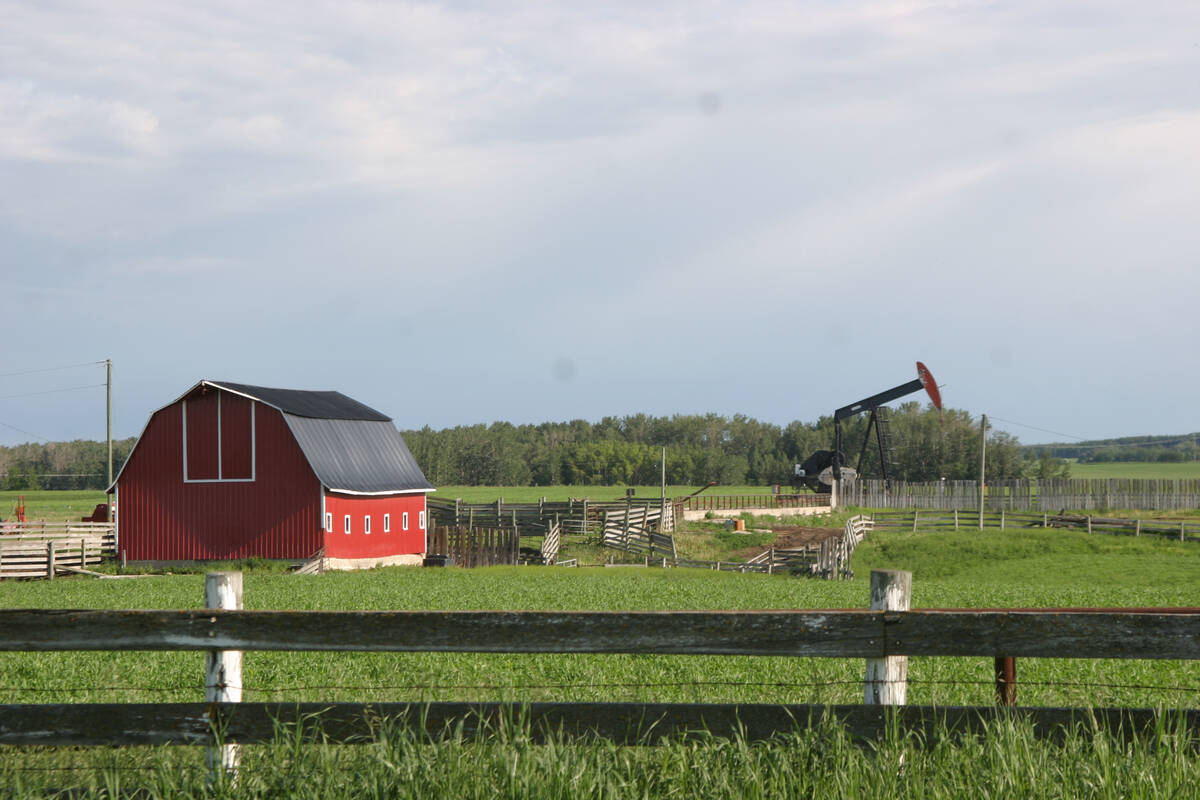RED RIVER BASIN COMMISSION
It’s hard to really appreciate the damage ice causes to trees until you’ve experienced a heavy ice storm. Fortunately, major ice storms don’t occur on a regular basis. The trees that normally take the brunt of the damage – Chinese and Siberian elms, poplars, silver maples, birches and willows – all have brittle wood and are easily damaged by ice and wind storms.
If these trees overhang a house, driveway or power lines, large limbs or tree tops broken by ice can cause major damage and expense.
Read Also

Recommendations in the mature assets strategy could cause potential problems for landholders
The Western Stock Growers’ Association urges producers to pay attention to the potential changes to Alberta’s Mature Assets Strategy.
If trees suffer major damage, two questions should be addressed. The first is: “Does the tree’s condition warrant efforts to save it, or should it be removed?”
Major tree repair can be expensive and should only be attempted if a major portion of the tree is still intact and its attractiveness and value to the property can be maintained. If the whole side or top is gone, it may not be worth spending time and money to salvage it. While no one wants to remove a large, mature tree, it may be prudent to replace it with a young tree possessing desirable qualities.
The second question is: “Can you handle the repair yourself or should you seek professional help?” Small limbs can be removed easily with pruning shears or a pole-lopper provided they are within your reach. Removing large hanging limbs should be left to professional tree services. Look for them under Tree Service in the Yellow Pages. Make sure they carry proper liability and workmen’s compensation insurance before allowing them to start the job.
What damage is repairable?
Broken limbs should be removed. For broken tops, remove the snags to the next major interior branch. Trees with split trunks or major limb forks may possibly be salvaged if the split is not too extensive. Repairing this type of damage will involve a cable and brace technique that should be left to a professional tree service.
Small to medium-sized trees may become uprooted. It may be possible to straighten these trees and brace them with guy wires if one-half to one-third of the tree’s original root system is still in the soil and the remaining exposed roots are relatively compact and undisturbed.
Corrective pruning to help improve the shape of damaged trees is best done now. The tree will respond quickly this spring if it has not been severely damaged. Take care not to remove more than one-third of original branches. This will severely retard the tree’s growth and may damage it beyond recovery.
You may want to fertilize damaged trees this spring with a good-quality tree fertilizer. Check with a local nursery or garden centre for recommended rates.
Additional information about avoiding and repairing ice damage to trees and shrubs can be found at the University of Illinois Extension Service website www.urbanext. illinois.edu/icedamage.














